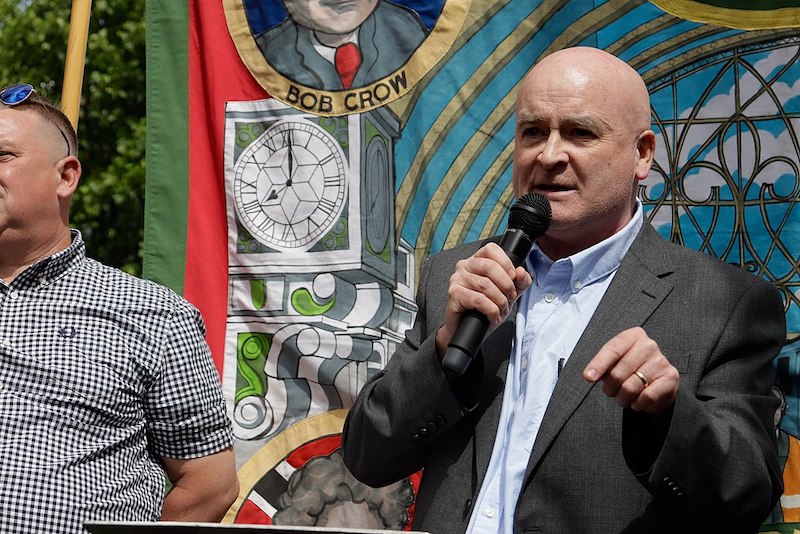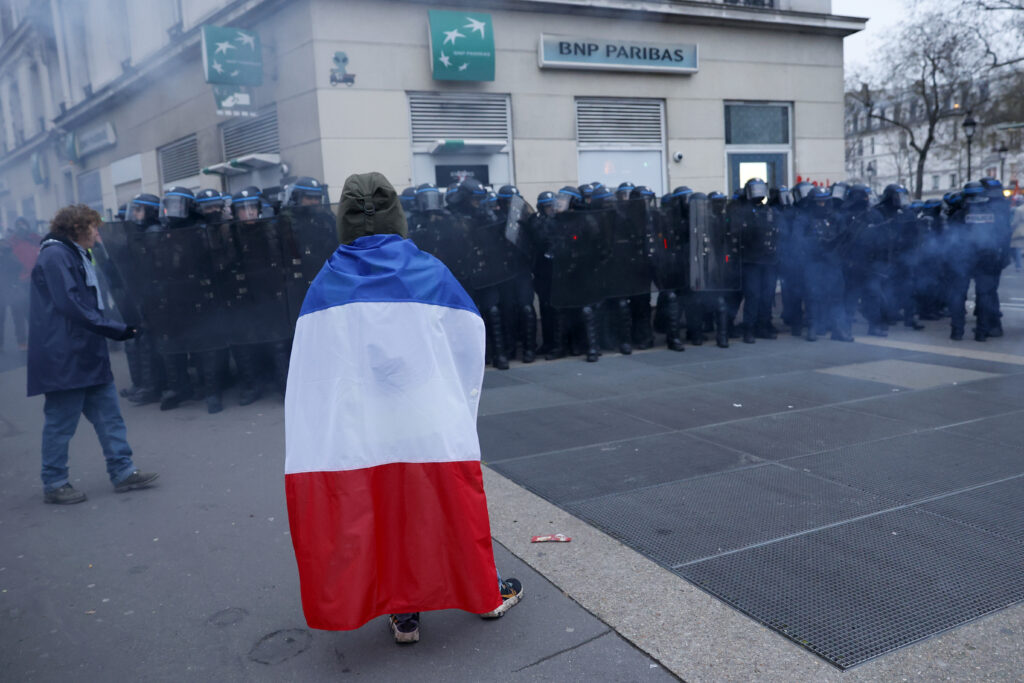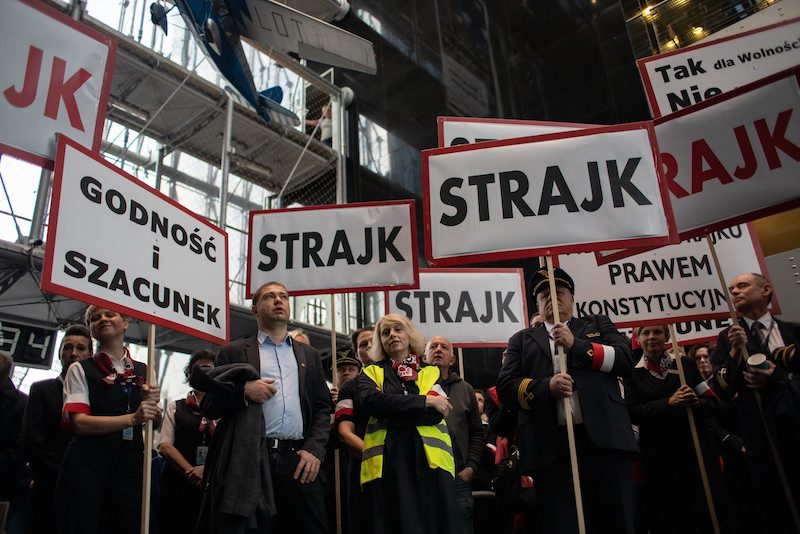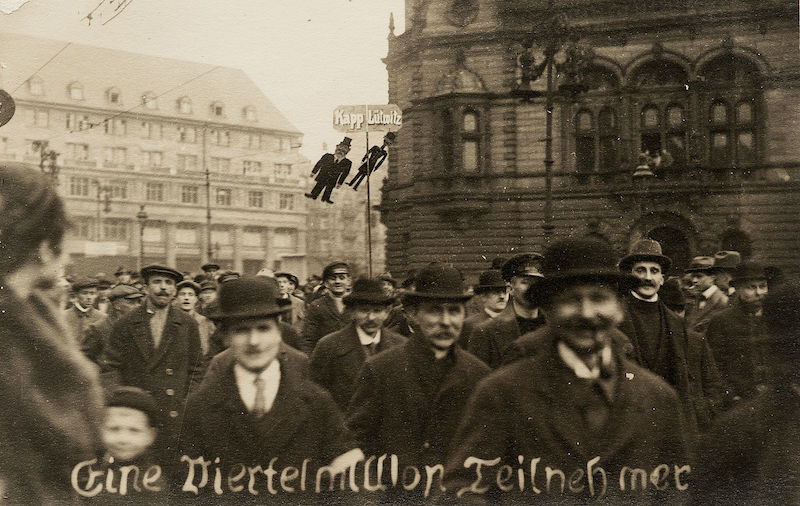UK prime minister Rishi Sunak is choosing a Thatcherite approach to tackling mass strikes in Britain. He is even pushing an anti-strike bill to mandate minimum service levels in sectors such as health, education, fire and rescue and transport during strike periods. This bill also allows bosses in the private and public sectors to fire striking workers.
Despite the hard talk, trade unions and their members are giving no indication they will bow to government pressure. However, the Tories’ insistence on repeating their post-2010s austerity policy, when inequality is so deep in this country, will give workers way more reasons to strike.
Trade unions were blasted by the Conservative leader Margaret Thatcher as the “enemy within” at the height of the “Winter of Discontent”, the long series of strikes in 1978 and 1979, which brought down the then-Labour Government. This label has re-entered the debate now, at a time when so many are going on strike.
Trade unions in the UK are central to the country’s social development, as they founded the Labour Party, alongside socialist intellectuals in 1900, and helped bring in the Labour government of Clement Atlee in 1945, which established the National Health Service. Union membership rose to 9.5 million, almost 20 percent of the population, in 1950.
Now, the cost of living crisis, the social impact of over twelve years of Conservative austerity measures, mounting inflation and the need to raise wages and improve working conditions are keys to understanding the massive wave of protest.
On 1 February, teachers, civil servants, university lecturers, security guards, train and bus drivers will walk out in what is expected to be the single largest strike action day in the last 10 years, with half a million people expected to withdraw their labour, proving that UK unions are standing their ground, despite all odds.






